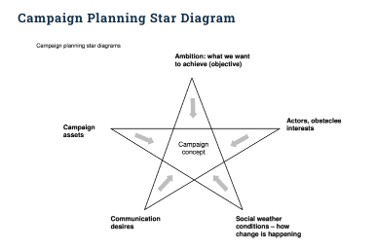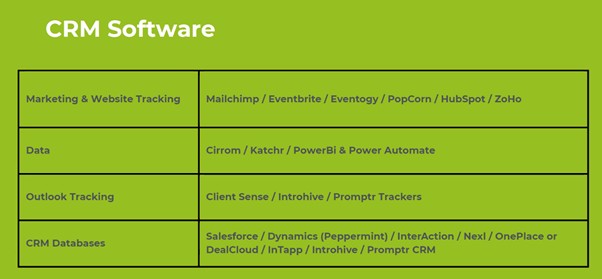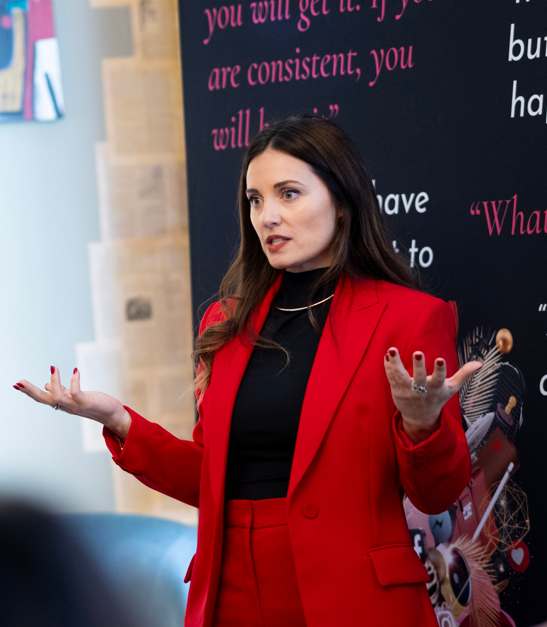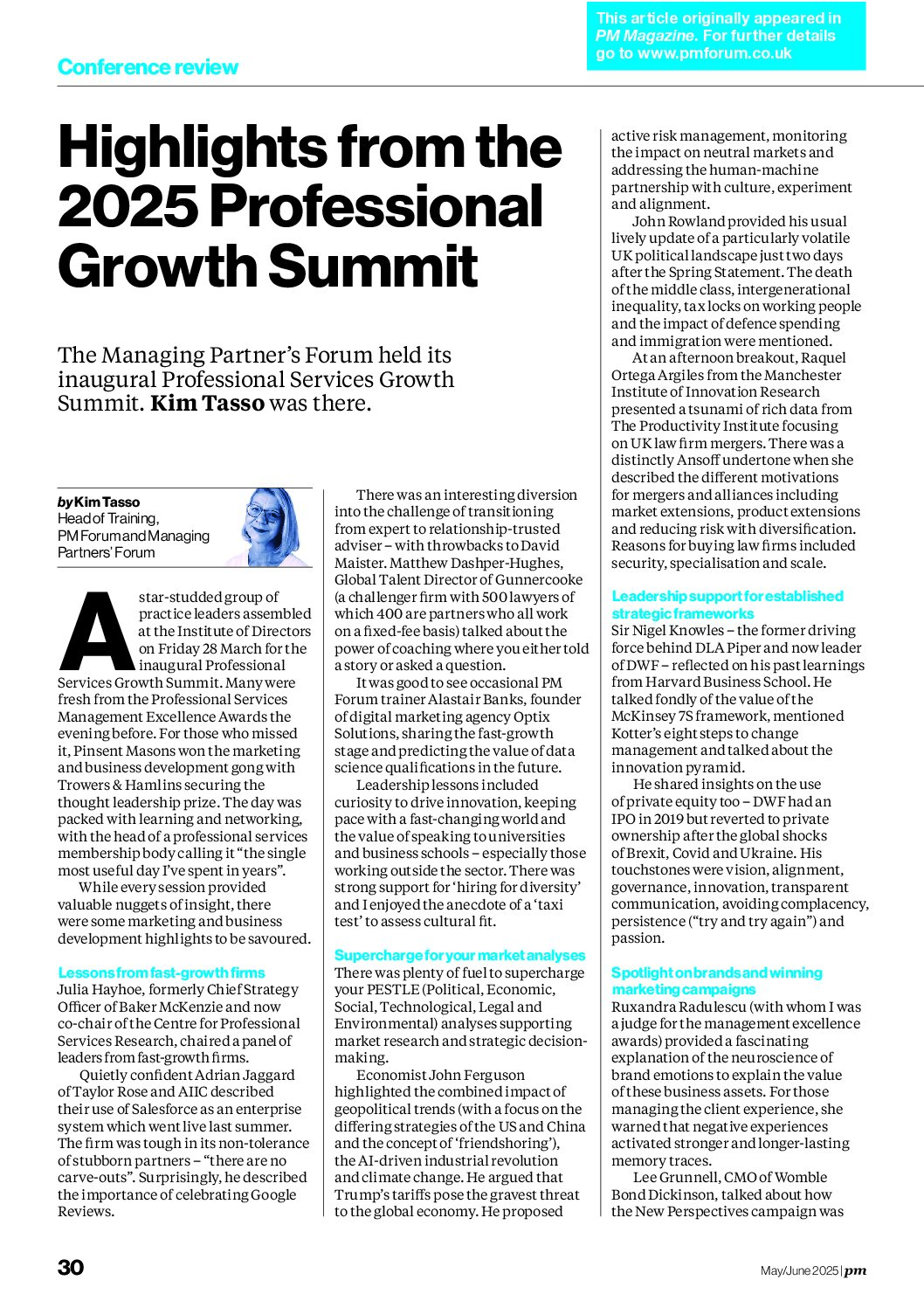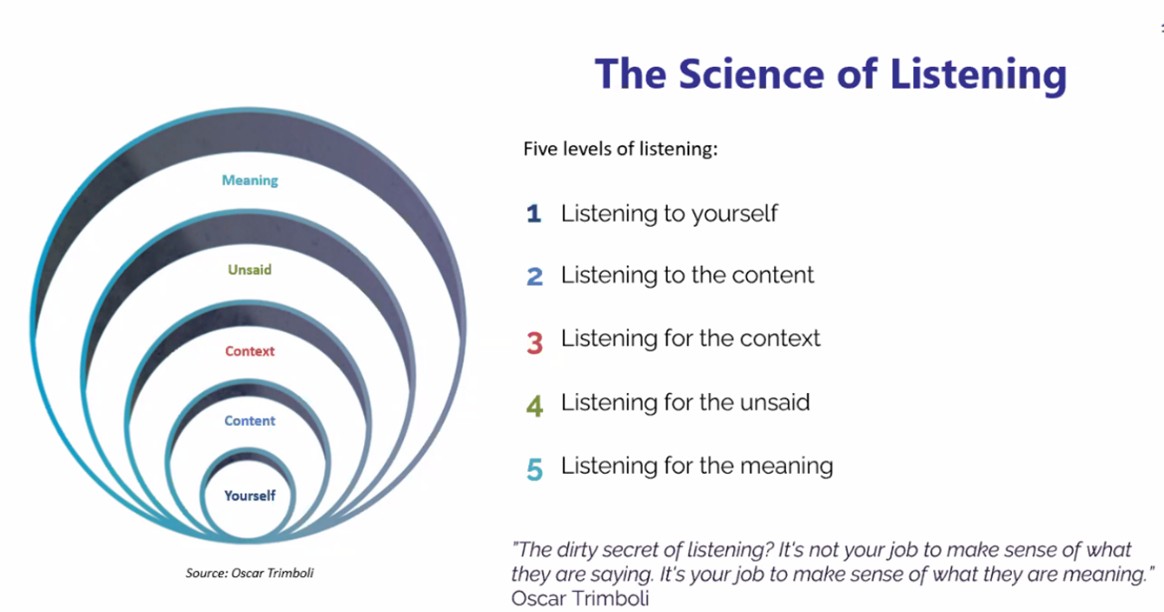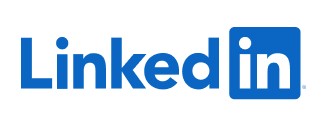Now and again I spend time with folk who can update me on what’s happening in different parts of the tech world and last week I had a chat with Kurt Ozificici of Fresh01 http://fresh01.com/, a multimedia creative agency. My aim was to learn more about App development (more of this in a future blog) and what we should expect to see in cutting edge web sites – what are the current and future trends in web technology?
Having worked successfully with Kurt and his crew for law, accountancy and property companies in the past I know only too well that often the traditionalist stance of professional firms means that often their web sites err on the side of safety rather than funky.
So I asked Kurt for five key trends for current sites before letting his imagination run wild with five key thoughts for the future. Here we go:
1. Mobile is king
With tech talk about MVC – (mobile version-controller) – making code more flexible by simplifying the structure, basically attempting to use one set of code to be able to reuse for multiple devices, Kurt is keen to stress today that a mobile communications strategy should be a primary consideration. I guess with the fantastic increase in online use through smart phones (see http://kimtasso.com/economy-and-technology-headlines-update) this should be obvious. Indeed it was reported recently on the BBC that we are close to having more smart phone devices in the world than people. What is perhaps surprising to non tech folk is that you should consider separate site builds for desktop websites and mobile platform websites and especially in the case of mobile App development – as the information architecture is so different across all three. He reminded me too that Flash doesn’t work on Apple iphones and most Blackberries. Furthermore, there are lots more features and facilities – the mobile is personal, almost intimate, much more that a PC ever was, it has locational features and immediacy – you use it on the go. To fail to capitalise on this would be missing a major opportunity.
Helpful link:
2. Multimedia override for text overload
I mentioned that I was surprised that Youtube was the second largest search engine and that the younger generation seem to rely more on video than text. We both agreed about the huge impact of Google blended searches which increased the value of video and audio content. Kurt’s passion for music means that he has always had a sound studio in the agency and has done a lot to persuade various business-to-business clients to explore the use of sound and vision in their corporate messages. It’s important to understand what a company sounds like not just looks like.
3. Refreshingly fast?
By talking me through a number of leading media sites – like BBC and Channel 4 – Kurt demonstrated how Javascript and JQuery make it quicker and easier to build web pages, and coupled with using html5 you instantly obtain additional or new information without having to wait for the page to refresh and content to download. “Write Once & Use Everywhere”, “Write Less and Do More” and speed is still important.
4. How are you managing your content?
We all know the importance for both SEO and the user experience of regularly updated content, so Kurt expressed his surprise that some organisations still had inefficient or clumsy CMS (Content Management Systems). He started talking to me about the debate about closed or open source versions but detected by my glazed look that this was a tech step too far. However, the important thing to remember is that new and refreshed content moves incredibly fast in today’s social media environment and is picked up by the masses extremely quickly, keeping your brand and messaging top-of-mind. It also improves your search rankings like nothing else.
Good link:
http://www.ibm.com/developerworks/ibm/library/i-osource1/
5. From up and down to left and right
With mobile devices having small screens and PCs having ever larger screens, developers have to lot to contend with. Kurt mentioned that there was a trend towards site design considering horizontal rather than vertical movement to accommodate the differences.
6. No more keyboards and mice
It seems that the IPad and touch screen revolution will mean the end of these devices. Kurt talked about flip devices where mobiles came apart into separate elements for talking and touching and display, using built in motion sensors mimicking human gestures and integrating them into the software. Convergence is the name of the game right now in the device development world, but in the meantime more and more people will own all three devices (PC, Tablet, Mobile) and the killer App will be a strategy that supports all three working in harmony.
7. Everything’s a display device
Reminding me of the Bump App on my iPhone (where you can exchange information easily through Bluetooth to a nearby friend) he suggested that soon everything would become a display device. In what sounded like a scene from a sci-fi movie, he suggested that when I placed my future mobile device on a table the content would appear there and if I held it against a wall it would use that surface.
8. Pin payments
We are already seeing minor payments being paid by waving credit cards and all the signs are that people will continue to exploit other methods of online and mobile ecommerce payments. We already use our Oyster cards to tap and swipe, there are a lot of creases to iron out but he thinks it will be common place for micro transactions of under £25 in the next few years, depending on how the shops embrace it.
Good article:
http://www.thisismoney.co.uk/money/saving/article-1723950/Are-quick-tap-mobile-payments-future.html
9. Augmented reality
There’s already some great Apps that allow you to combine technology and data with the environment around you and this looks likely to expand further. We talked about the gaming sector’s use of movement tracking (personally I am a great fan of Wii Zumba) to explore how eye, lip and hand movements could become our future method of communicating in the online world.
10. Holographic and infographic presentation
Imaginations running wild, the idea of really creative ways of presenting information and dialogues in the electronic world generated plenty of smiles when we considered how lawyers, accountants and surveyors might adapt their services. As well as a revolution in visual presentation we also touched on soundscapes and how music might play a bigger role (Question – if your brand was music, how would it sound?). Just think of Intel and the sound that supports the Intel logo each and every time.
Towards the end of our conversation we talked about the infrastructure constraints that might inhibit some of these developments – slow broadband or a lack of WiFi connections but all the signs are that these are being addressed. We also touched on the limitations of cloud technology for massive files.
Anyway, plenty of food for thought. Especially for the professions as they undergo further deregulation and need to seek ways to reduce costs, differentiate their service delivery and enhance their client experience.


